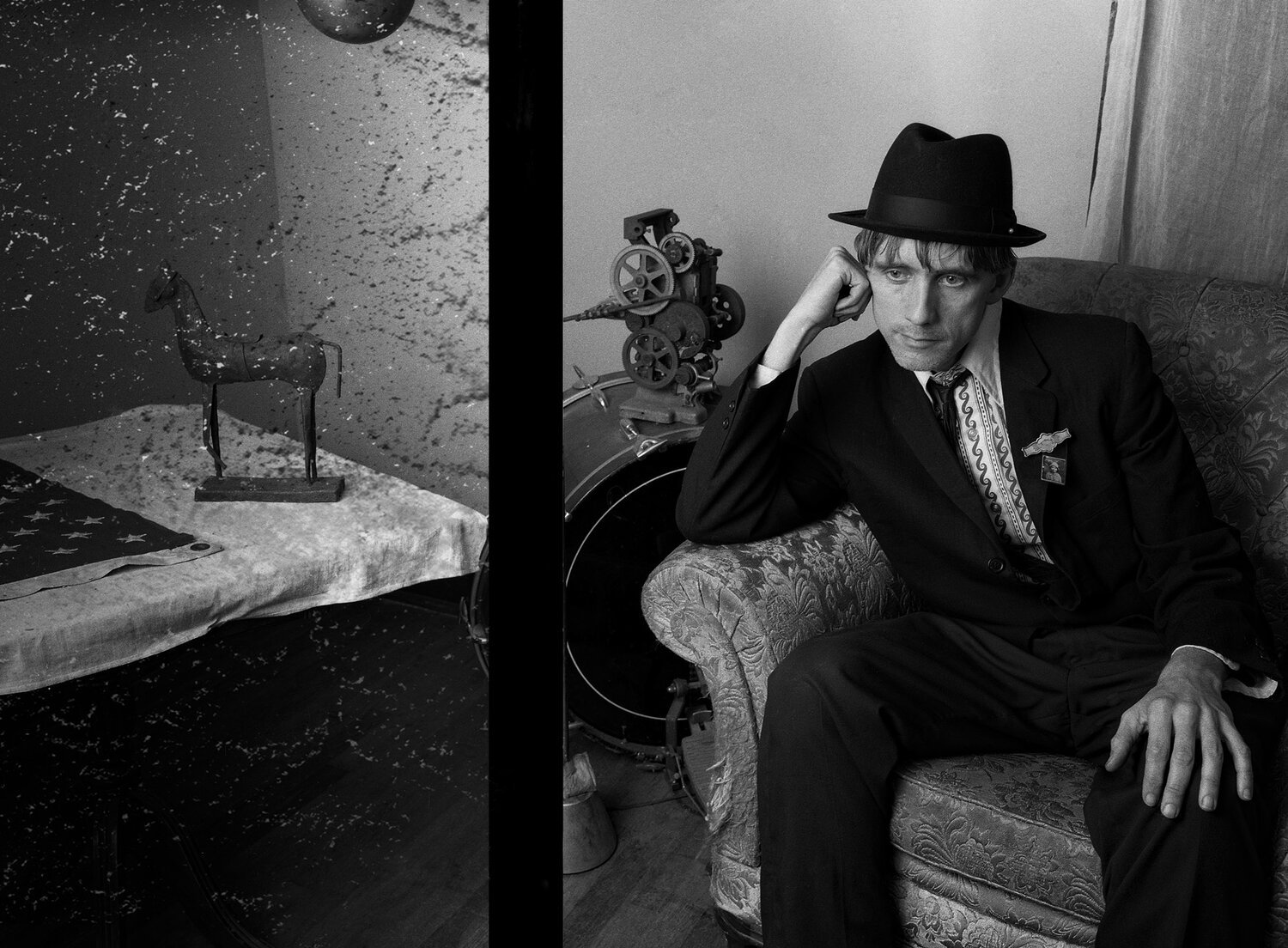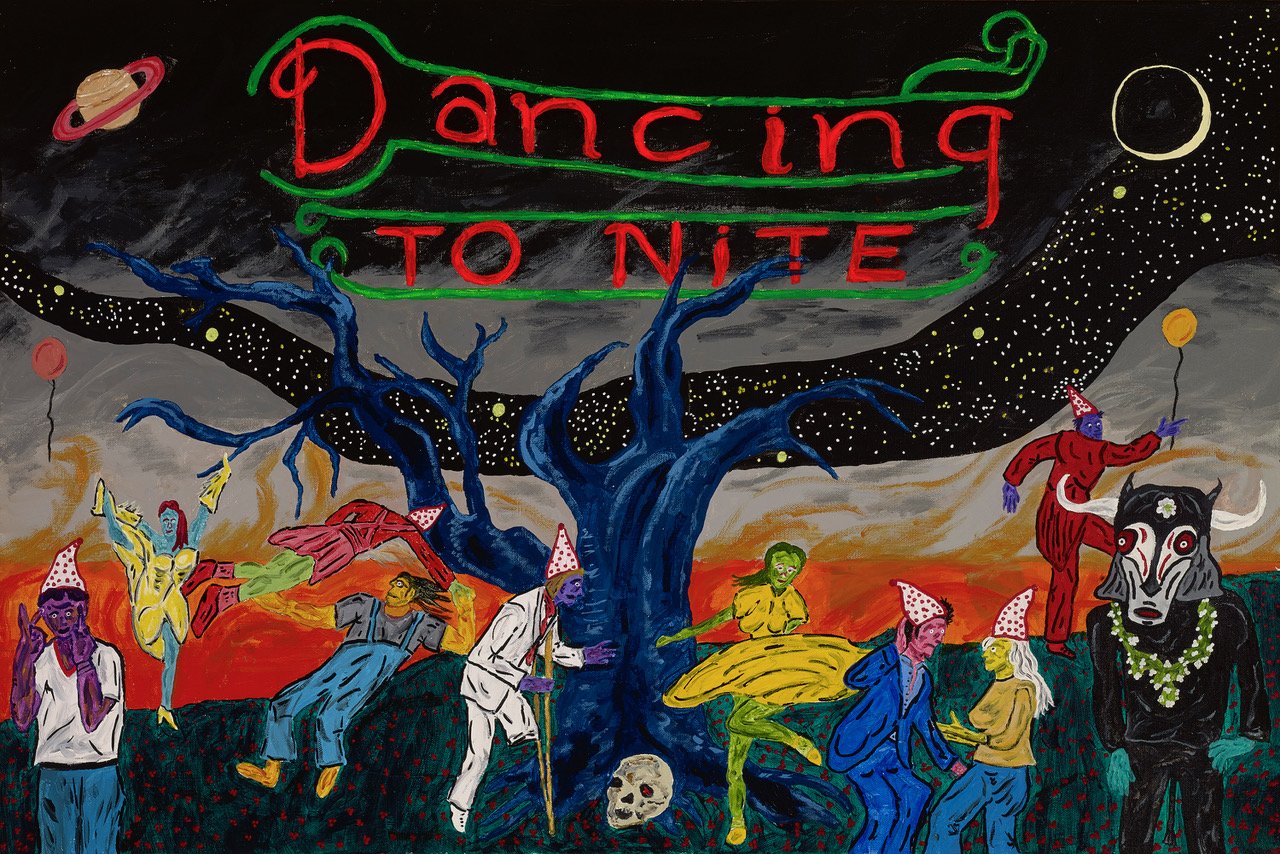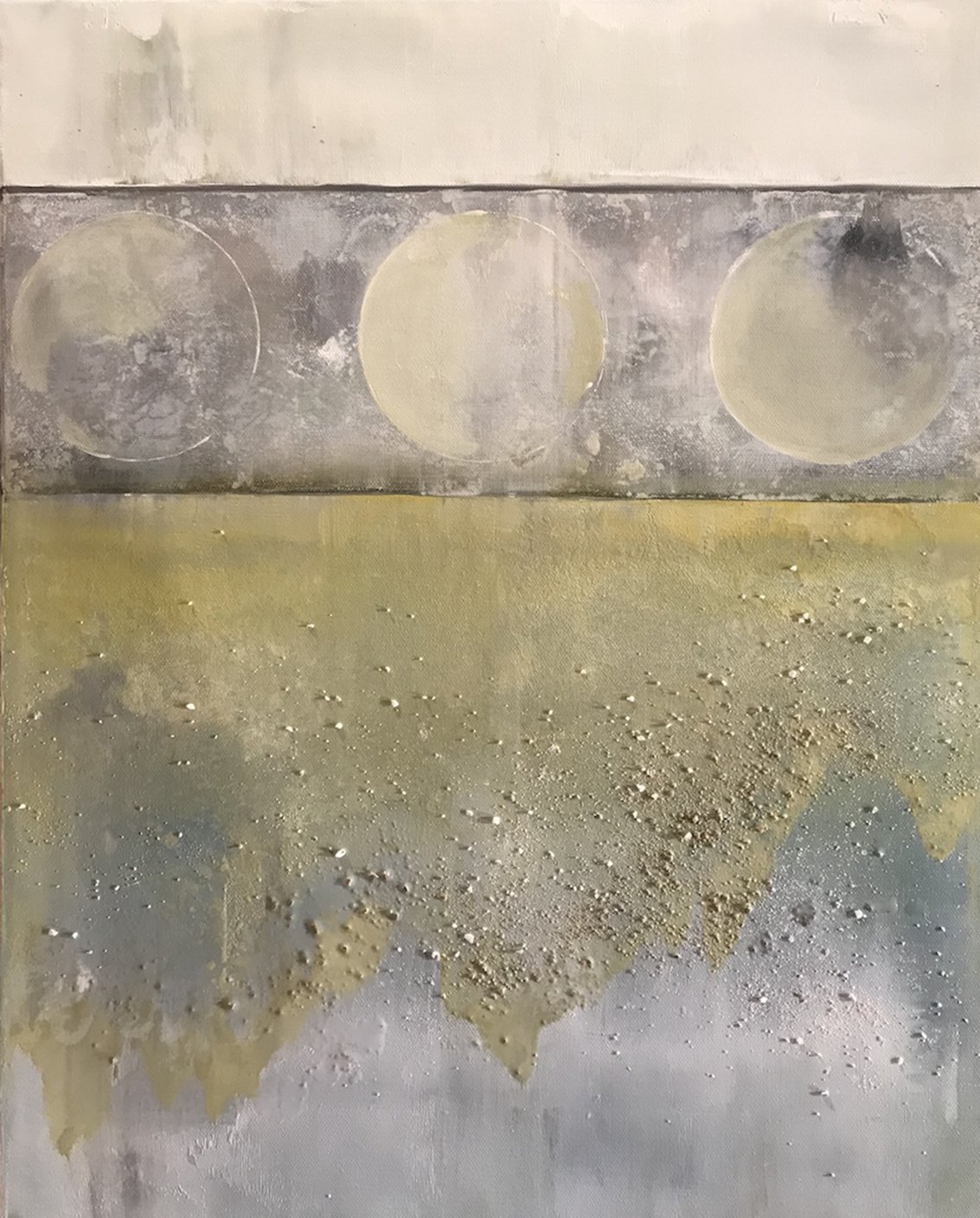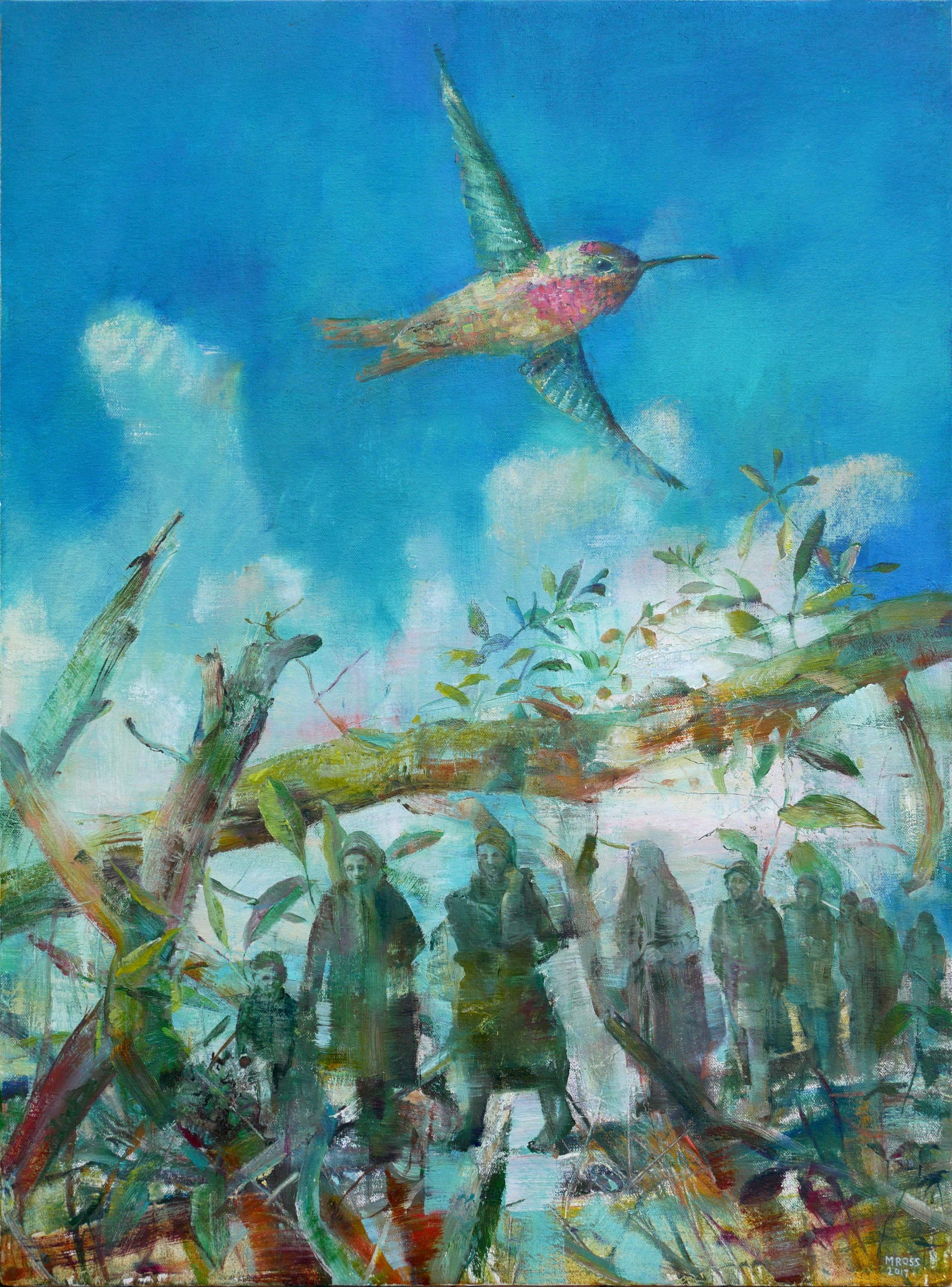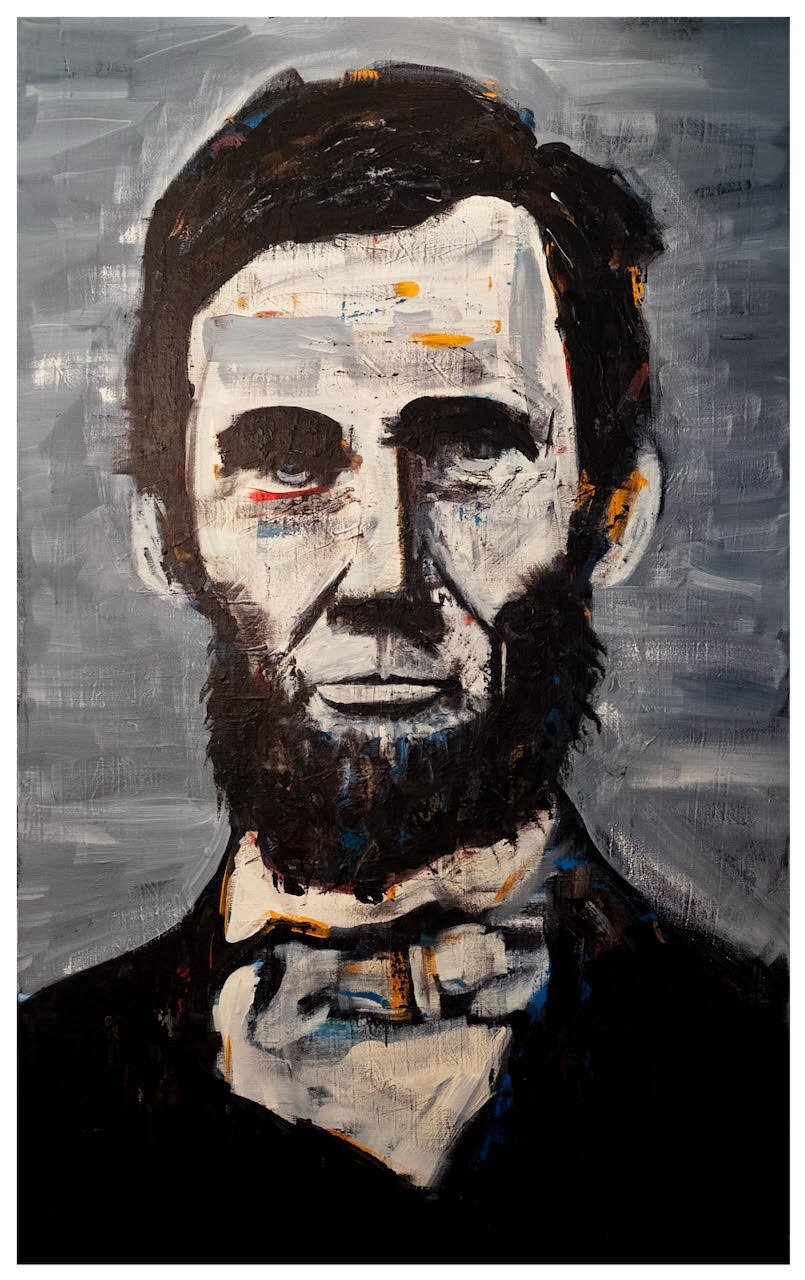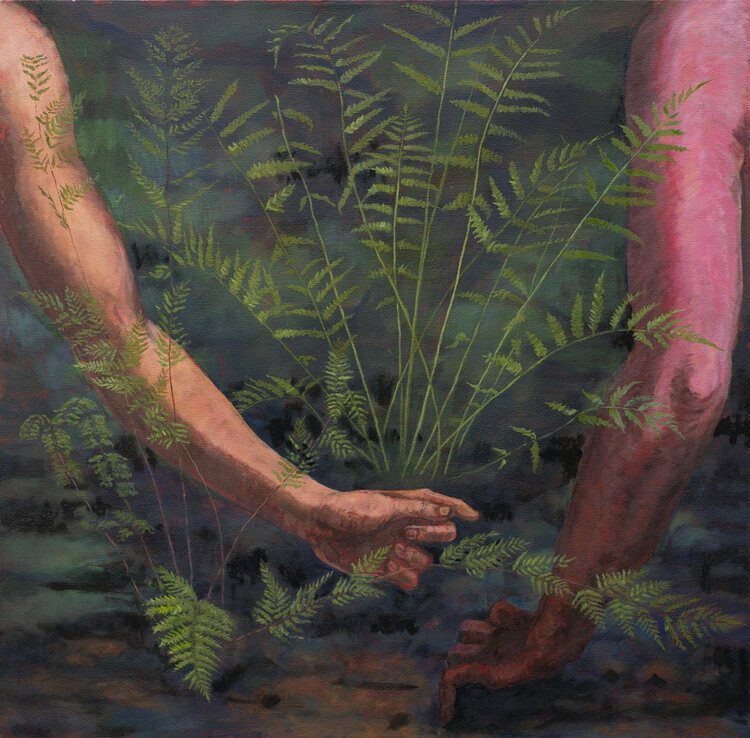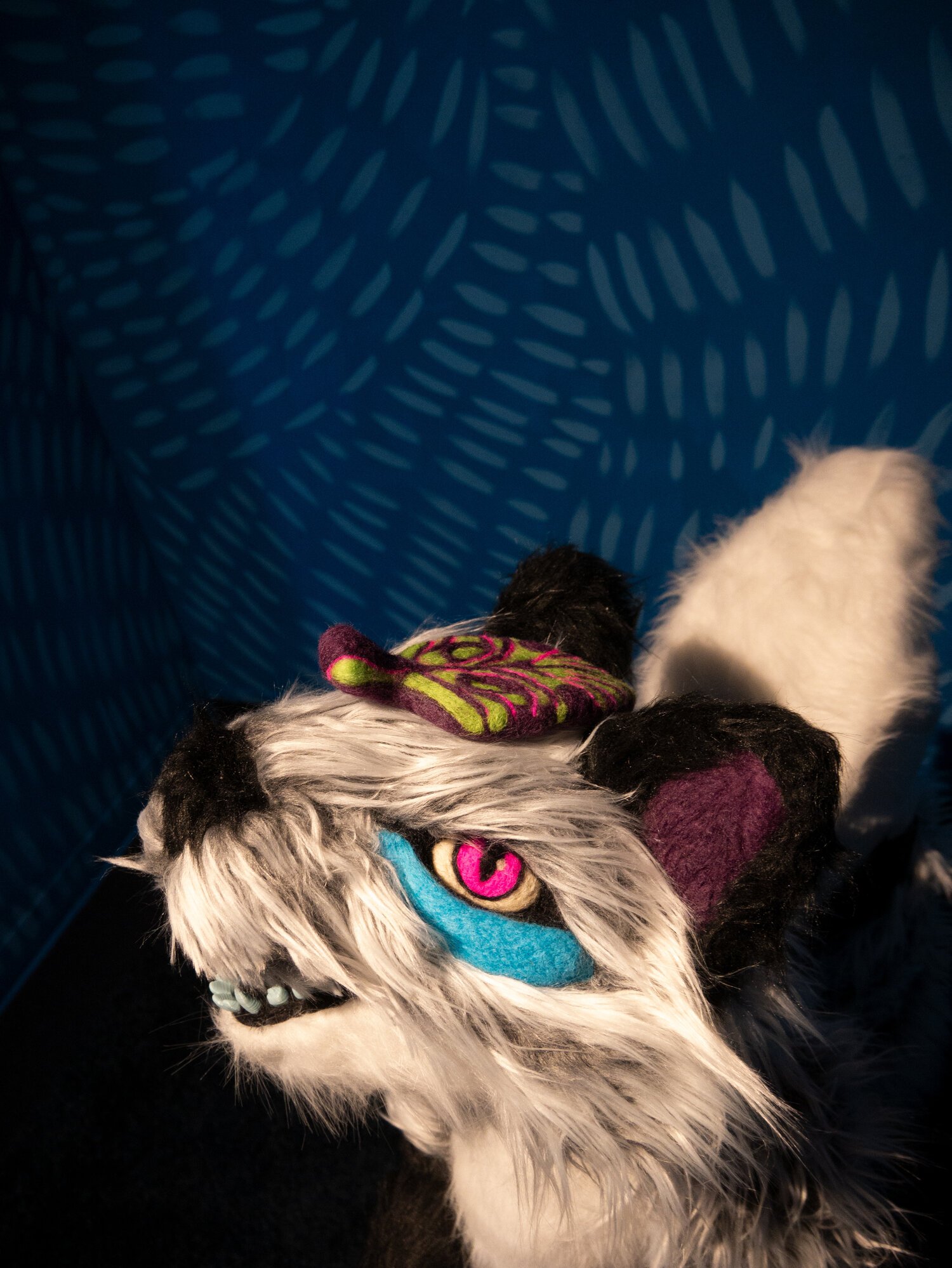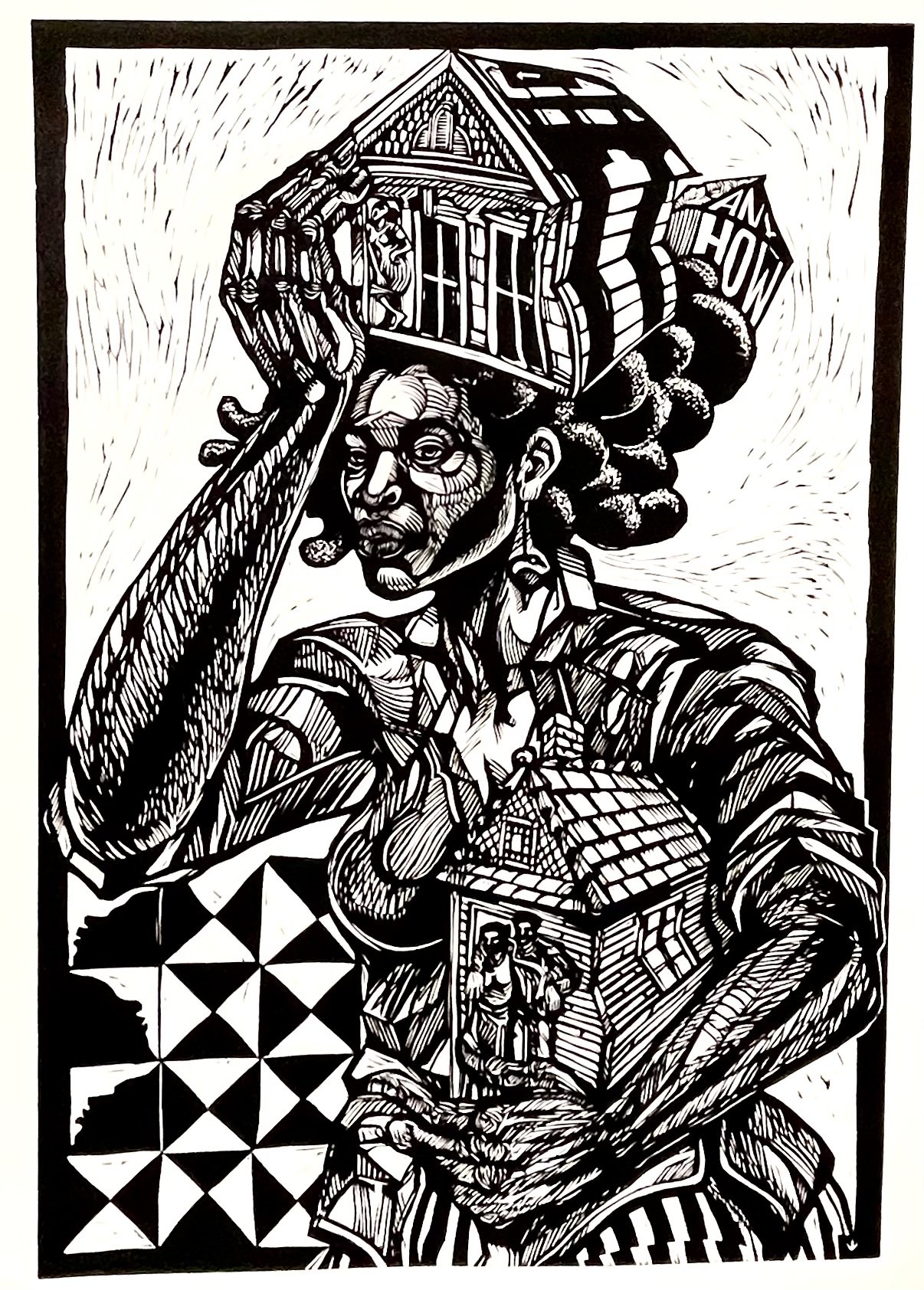Len Jenkin, Coming In On a Wing and a Prayer, 2011, Oil on canvas, 48 × 48 in, 121.9 × 121.9 cm. See this work in Self-Taught Artists Spark Creative Imagination at Muscarelle Exhibition , Veer Magazine, 2022
Margaret Richardson’S REVIEW OF THE TASK THAT IS THE TOIL, 2021
“Easy is the descent to Avernus, for the door to the underworld lies open both day and night. But to retrace your steps and come out to the air above, that is the task that is the toil.” Virgil, from The Aeneid
Iris Wu 吴靖昕, Untitled(spilled wax), 2020, Gelatin Silver Print, 10 × 8 in, 25.4 × 20.3 cm, Editions 1-5 of 5 + 1AP
John Lee Matney, Jeremy Ayers, 2021-image from the 1990s, Archival pigment print, 8 × 10 87/100 in, 20.3 × 27.6 cm, Edition of 15 + 1AP
The Linda Matney Gallery, The Task that is the Toil, reflects the gallery’s eclectic offerings, Southern roots, and ambitious scope. Referencing a quotation from Virgil’s Aeneid which the curator came across in a work by Carl Jung about “emerging from a nightmare, dream, or the unconscious,” the intertextual title suggests multivalent connections and layers of meaning found in a wide variety of media and modes. Painted, photographic, and sculptural works, both naturalistic and abstract, from more than twenty artists provide a range of emotions and responses to the current moment. However, while the theme unavoidably alludes to the impact of the global pandemic, the exhibition is not so literal. Instead, together, these works, some recent but many made pre-Covid, speak to the times while reflecting more personal and universal reflections of the human condition. The ability to speak to and transcend the current moment is the strength of the exhibition, the individual works, and the gallery’s larger mission.
Scott Belville, Rocking, 2019, Oil on panel, 22 1/2 x 21 in, 57.2 x 53.3 cm
Len Jenkin, Bacchanal, 2018, Acrylic on canvas, 24 × 36 in, 61 × 91.4 cm
Vanessa Briscoe Hay, Dream of John Seawright, 2001-printed 2021, Archival pigment print, 12 × 16 in, 30.5 × 40.6 cm, Editions 1-10 of 10 + 1AP
Photographer, curator, and gallery owner, John Lee Matney, gravitates towards artists who express distinct perspectives of the world. A Virginia native, Matney began his artistic career in Athens, GA when the college town was becoming a cultural hub of progressive art and music. His photograph in the exhibition of Jeremy Ayers, who was a member of Andy Warhol’s famous Factory and a beloved and influential figure in Athens, reveals Matney’s proximity to this scene. Nearly half of the artists in this exhibition have been affiliated with the art and music of Athens, as well as the University of Georgia, while many of the other artists are associated with the South. However, while Matney has connections and an affinity to artists connected to the South, the scope of the gallery is increasingly national and international, and artists associated with Chicago, New York, California, France, South America, and China are also included in the exhibition.
Eliot Dudik , Matthew Grason, 7th South Carolina Died, 256 Times, Archival Pigment Print, 32 x40 in
Sidney Rouse, White Pigeon with Hand, 2018, Gelatin Silver Print, 16 7/10 × 23 in, 42.4 × 58.4 cm, Editions 1-20 of 20 + 2AP
William Ruller, Gore, 2020 Oil, Clay on Canvas, 32 × 24 in
Displaying great diversity, the works capture a wide array of emotions and experiences, conveying the uncertainty, anxiety, and confusion of the pandemic as well as the ongoing challenges it aggravates and amplifies. As the title suggests, emerging from an underworld is toiling, and many of the works place viewers in that limbo as we all work to emerge from the darkness and learn to live in the world again. To aid our ascent, numerous works utilize myth, allegory, and religion to make some sense of the chaos. Some provide comfort and kinship while others enact judgement and retribution. Still others offer escape into nature, the past, or dreams. Viewers are suspended between the real and imagined as works hint at the unseen and unspoken forces that lurk beneath the surface of the everyday. Together, they express the disruptive physical and psychological experiences and conditions that unsettle and transform the body, mind, and soul.
Michael Knud Ross, Exile, 2012, Oil on canvas, 24 x30
Kent Knowles, Cradle, 2021, Acrylic on canvas, 40 × 30 in | 101.6 × 76.2 cm
Themes of illness and death, memory and loss, mortality and transcendence, complicated histories and shifting identities, and travel and exile reveal Matney’s predilection for works with substance and conceptual complexity as well as the eclectic styles and media that the gallery adeptly showcases. Figurative paintings ranging from 2001 to 2021 by Miles Cleveland Goodwin, Kent Knowles, Art Rosenbaum, Vanessa Briscoe Hay, Teddy Johnson, Michael Knud Ross, and Scott Belville span expressive naturalism, allegorical narrative, and surrealist dreamscapes. A blend of old and new, they depict lonely souls, memories of youth, loved ones and paradise lost, estranged, exiled, and disembodied figures, and worlds crumbling and torn apart.
Glenn Shepard, Untitled, 8x 10
Scott Belville, Reunited, 2019, Oil on panel, 27 × 24 in, 68.6 × 61 cm.
Miles Cleveland Goodwin, Crooked Fingers, 2020, Oil on canvas, 24 × 30 in
Interspersed with these naturalistic and surreal narratives are expressive abstract paintings by Michael Paxton and William Ruller and bold folk-inspired forms from veteran ‘outsider’ artists Len Jenkin and Theodore Wildanger. Paxton and Ruller suggest the relationships between the natural and human worlds and reflect on disease, loss, and destruction while Jenkin’s Bacchanal (2018) and other devilishly playful scenes are tempered by Wildanger’s fiery last judgment from ca. 1975. As these artists search for meaning and reconnection, their works acquire new meanings when juxtaposed with each other and considered in light of current events.
Brian Freer, Lincoln, 2021, Acrylic on canvas, 48 × 30 in, 121.9 × 76.2 cm
Karen Allison, The Virus Hunter, 2021, Archival pigment print, 14 × 11 in, 35.6 × 27.9 cm, Editions 1-20 of 20 + 2AP
These connections are also evident in photographic works. Matney is currently increasing his offerings of photography, representing artists who share similar themes with the paintings. Brian Freer’s 2021 painterly grayscale portrait of Abraham Lincoln, inspired by a Civil-War era photograph, provides a bridge between past and present, painting and photography, and offers a complementary commentary on Eliot Dudik’s 2013 photograph of a Civil War reenactor playing dead. Like some of Goodwin’s paintings, these images connect present conflicts to the past and engage with recent interrogations of those historical icons and legacies. Similar layers of meaning are conveyed in the skewed perspectives, odd juxtapositions, and disquieting scenes of recent photographs by Iris Lu, Karen Allison, and Sidney Rouse. Other photographic offerings by Matney, Margo Rosenbaum, and Glenn Shepard are more conventional portraits, but they, too, go beyond mere documentation to capture the psychological state of the sitter and the interpretative eye of the photographer.
Michael K. Paxton, Lump of Coal, 2011, Ink on Drafting Film, 24 × 36 in, 61 × 91.4 cm
Teddy Johnson, Forest Edge I, 2020, Oil on canvas, 36 × 36 in, 91.4 × 91.4 cm
Noah James Saunders, Sun Warrior, 2017, Galvanized steel wire, motor, 37 × 27 × 10 in, 94 × 68.6 × 25.4 cm
A similar range of modes is evident in three-dimensional works. Figurative and abstract sculptures in wood, wire, and felt activate the space, providing a tactile presence amidst the two-dimensional works on the wall. The regularity of T.J. Edwards’ abstract wooden circular sculpture is at once dissonate and complementary against Jennifer Nagle Myers’ painting series of neon-colored humanoid Dancers that look like X-rays of alien or viral forms. Similar surreal juxtapositions are evident in Myers’ totem-like, conglomerate sculptures and Richard Downs’ fragmented wooden figure. In material and form, they play off Noah James Saunders’ dangling wire bust whose full shape goes in and out of view as it slowly twists in one corner of the room. The figure’s sinuous lines also pick up analogous textures in nearby painting by Kent Knowles and Art Rosenbaum. Teetering between reality and dream, stasis and mutability, feeling whole and incomplete, these works visualize our shared ambivalent state and the constant and uneasy shifts and renegotiations of behavior and identity.
Ryan Lytle, In the Shadows, Installation
These themes and effects culminate in Ryan Lytle’s 2021 sculptural installation, In the Shadows. Peering into a small room painted bright blue, viewers find a miraculous transformation of a fox becoming a man. Lytle’s signature felt animal sculpture dominates the center of the room while a painted shadow of a man rises like smoke on the back wall. In Japanese mythology, the fox is a shapeshifting spirit and can be a trickster or a guardian. Such uncertainty and feelings of in-betweenness run throughout the exhibition, in images that embody a collective unconscious reflective of the personal and universal struggles that arise in challenging times. Are we finally ‘getting back to normal,’ and have things really changed? Who are we, and what do we really value? While some retreated into shadows where solace and demons were found, others were emboldened by new possibilities. Facing our fears, real and imagined, we have all been transformed as we toil in our myriad ways to come out into the air above and live together in the world again.
More works in the The Task that is the Toil. VIEW THE EXHIBITION ON ARTSY.




